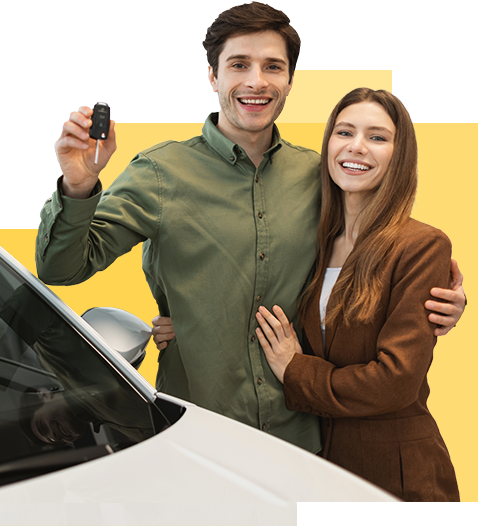Behind every VIN is a driver. We help you understand both and reach them when they’re ready to buy.


With information on over 260+ million consumers, 214+ million VINs, 170 million email addresses, plus demographics, our automotive data solutions provide the insights you need to reach the car shoppers and car owners that matter most to you.
Access VIN information for all 50 states, including privacy states, with zero marketing restrictions.




